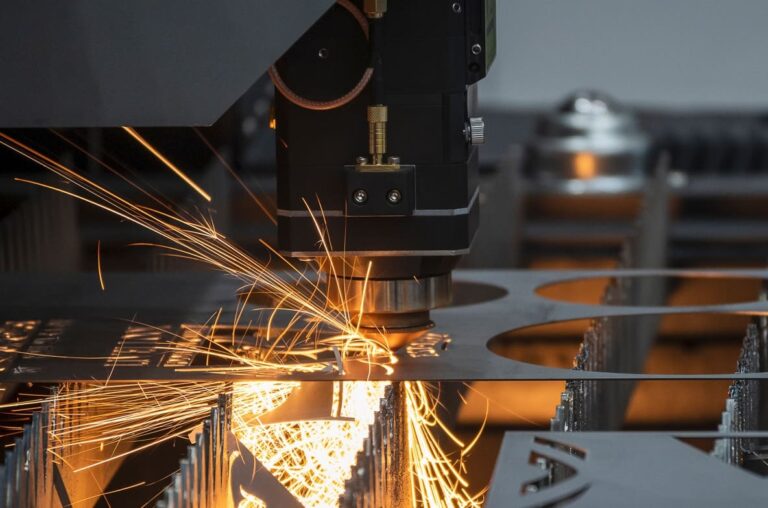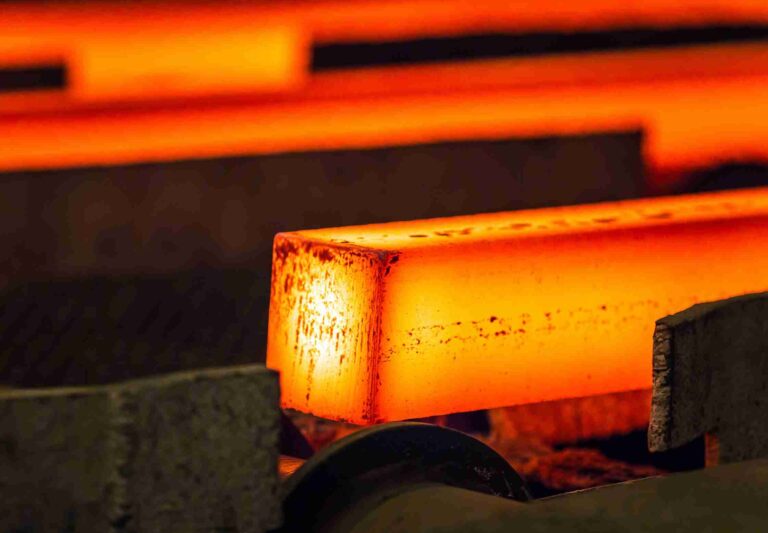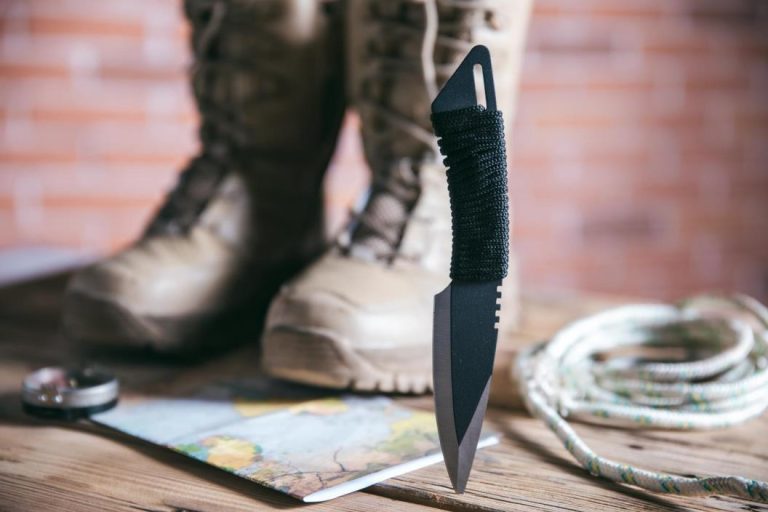When evaluating knife steels, understanding the differences between various types is crucial, as it can significantly impact a blade’s performance, durability, and price. In this article, we will discuss two popular types of steel used in manufacturing knives: 8Cr13MoV and 440C. By examining their composition and performance characteristics, we hope to provide insight into which steel is better suited for your specific needs.
8Cr13MoV, a Chinese stainless steel, is a popular choice for budget knives due to its relatively good quality and affordable price. It offers a decent balance of edge retention, corrosion resistance, and ease of sharpening. On the other hand, 440C is a type of stainless steel originating from the United States, well-regarded for its ability to hold a sharp edge and resist corrosion.
Throughout this article, we will delve deeper into the properties, pros, and cons of both 8Cr13MoV and 440C steel. This comparison will equip you with the knowledge to decide which steel is the right choice for your next knife purchase.
What is 8Cr13MoV steel?
Composition
- Carbon: 0.70-0.80%
- Chromium: 13.00 – 14.50%
- Manganese: 1.00%
- Silicon: 1.00%
- Molybdenum: 0.30%
- Vanadium: 0.25%
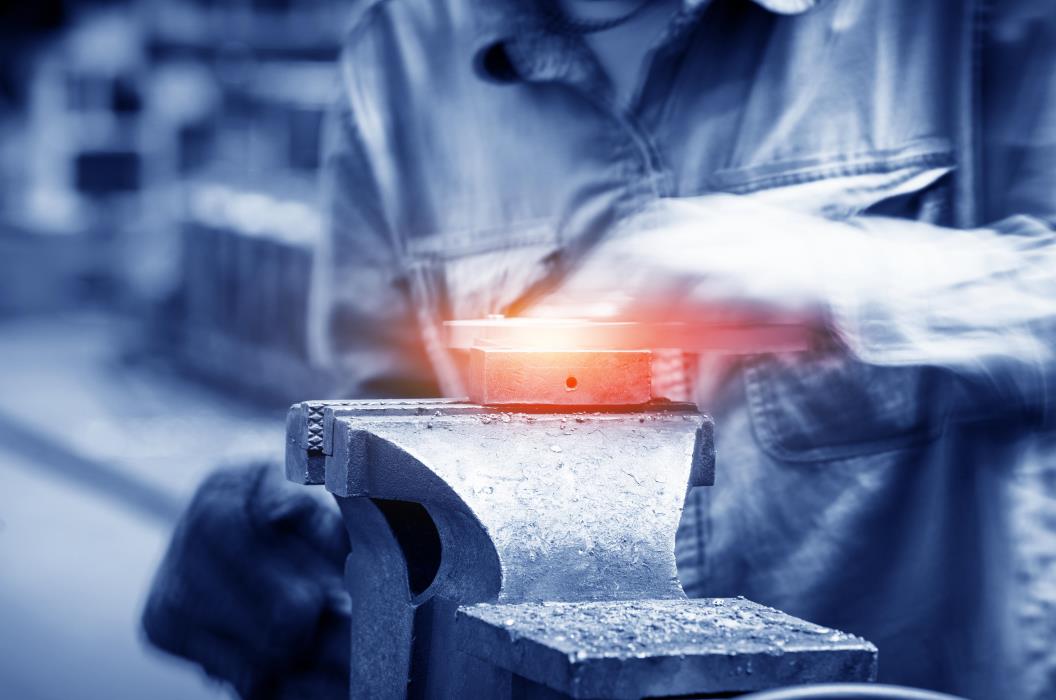
8Cr13MoV steel is a popular stainless steel used primarily in manufacturing knives and cutting tools. This steel is known for its impressive balance of hardness, edge retention, and corrosion resistance. As a knife enthusiast, you might appreciate how these properties contribute to a high-quality knife blade that performs reliably in various environments.
To understand the composition of 8Cr13MoV steel, it’s essential to know that it’s part of the CrMov series. This series is characterized by its high chromium content, which results in excellent corrosion resistance. Specifically, 8Cr13MoV steel contains around 13% chromium and 0.8% carbon, providing a good blend of hardness and durability.
The heat treatment process is crucial for determining the performance of 8Cr13MoV steel. When adequately heat-treated, your 8Cr13MoV knives can achieve a Rockwell hardness of around 58 HRC. This means your knives will have the toughness and edge retention needed for most cutting tasks, whether preparing food or performing outdoor activities.
Although 8Cr13MoV steel may not be at the top-tier level when compared to more premium knife steels, it’s still an excellent choice for those who value affordability without compromising on decent performance and quality. In summary, your 8Cr13MoV steel knives and tools offer you a good balance of characteristics needed for everyday cutting applications while being easy on the wallet.
What is 440C steel?
Composition
- Carbon: 0.95% – 1.20%
- Chromium: 16.00% -18.00%
- Manganese: 1.00%
- Molybdenum: 0.75%
- Silicon: 1.00%
- Phosphorus: 0.04%
- Sulfur: 0.03%
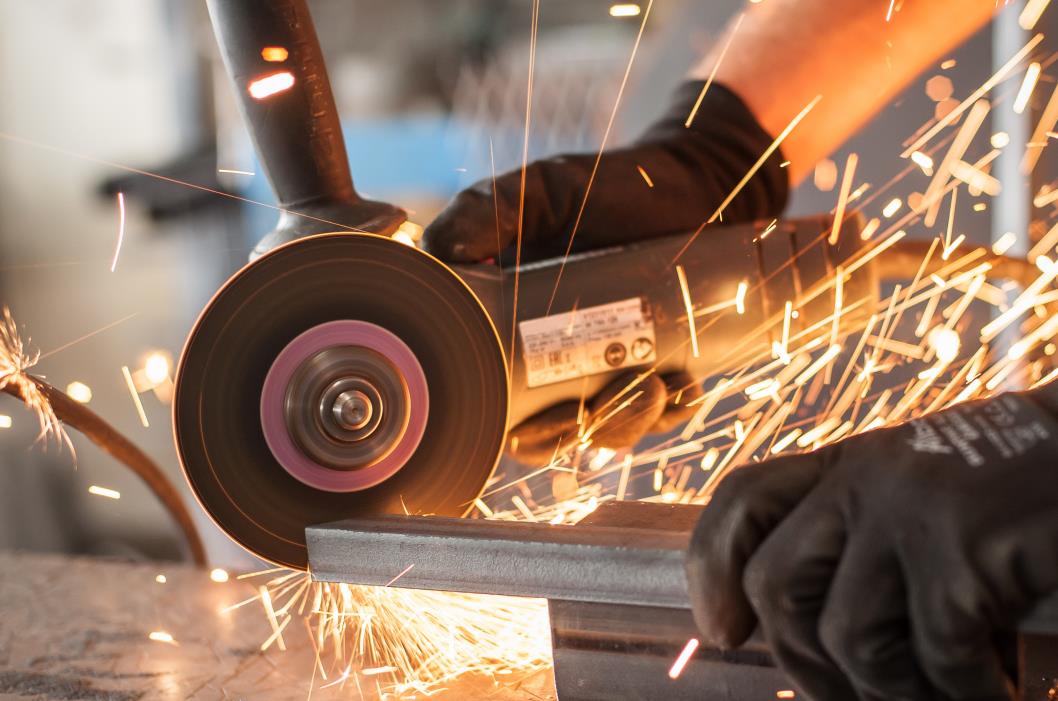
440C steel is a type of stainless steel that is well-known for its high carbon and chromium content. This combination makes it a popular choice for many applications due to its exceptional hardness, wear resistance, and corrosion resistance. When properly heat-treated, 440C steel offers some of the best performance among stainless steels.
440C steel is particularly valued in the knife-making industry, where it is favored for its ability to maintain a sharp edge and resist corrosion in a wide range of conditions.
However, it is essential to recognize that 440C steel is not without its drawbacks. Its high hardness can lead to reduced toughness, which means it may be more susceptible to chipping or breaking under extreme conditions than some other types of steel. Additionally, its high carbon content can make it somewhat more challenging to work with during the machining and finishing processes.
Despite these drawbacks, if you require a material that offers excellent wear resistance and good corrosion resistance, 440C steel may be an ideal choice for your application. Just be aware of its limitations and make sure to use proper heat treatment and finishing techniques to obtain the desired characteristics and performance.
8Cr13MoV vs 440C steel
Hardness
8Cr13MoV steel has a Rockwell hardness of around 56-60 HRC, while 440C steel has a higher hardness range of 58-60 HRC. The rating only implies the potential of the steel’s hardness. Depending on different heat treatments the hardness may differ.
8Cr13MoV and 440C basically fall in the same hardness scale.
Edge retention
When comparing edge retention, 440C steel outperforms 8Cr13MoV due to its slightly increased hardness. 440C steel maintains sharpness for a longer duration, resulting in fewer sharpening sessions required during usage.
Toughness
8Cr13MoV steel has better toughness compared to 440C steel, making it more resistant to chipping and cracking. The increased toughness allows for greater durability when used in demanding tasks or applications.
Rust resistance
Both 8Cr13MoV and 440C steels have moderate rust resistance. However, 440C contains slightly higher chromium content (13-14.5%) than 8Cr13MoV steel (around 12-16%), providing marginally better corrosion resistance in humid or wet environments.
Ease of sharpening
Due to its lower hardness, 8Cr13MoV steel is generally easier to sharpen in comparison to 440C steel. This attribute allows for more efficient field sharpening and honing of the tool’s edge.
Pricing
8Cr13MoV steel tends to be more affordable than 440C steel, making it a popular choice among budget-conscious consumers. The lower price point also makes it more accessible for those looking for practical, budget-friendly steel.
Comparison table
| Property | 8Cr13MoV Steel | 440C Steel |
| Hardness | 56-60 HRC | 58-60 HRC |
| Edge Retention | Fair | Good |
| Toughness | Good | Fair |
| Rust Resistance | Moderate | Moderate |
| Ease of Sharpening | Easy | Moderate |
| Pricing | Affordable | Slightly higher |
8Cr13MoV and 440C steel applications
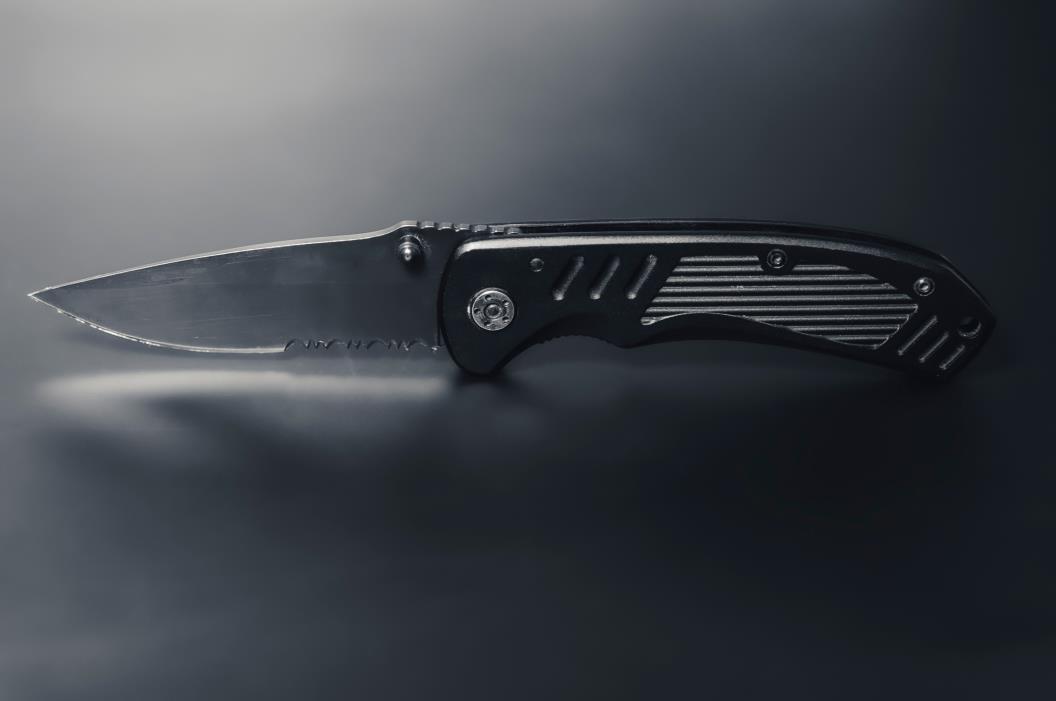
The type of steel used in the blade greatly affects its performance and utility. In this section, we’ll discuss 8Cr13MoV and 440C steel with their specific applications in kitchen knives and EDC (everyday carry) knives.
As kitchen knives
Both 8Cr13MoV and 440C steel are common choices for kitchen knives due to their balance of hardness, durability, and corrosion resistance. That implies kitchen knives made from either 8Cr13MoV or 440C are able to handle a wide range of ingredients. Plus, home cooks are not required to sharpen them after each meal prep. Their level of hardness can even reach a professional kitchen.
As EDC knives
When selecting an EDC knife, build quality and functionality are crucial factors. 8Cr13MoV and 440C steel knives both have their advantages in this category.
8Cr13MoV steel is often used in budget-friendly EDC knives, as it provides good edge retention and corrosion resistance for daily cutting tasks. These knives are suitable for beginners or occasional users who require a reliable cutting tool without breaking the bank.
440C steel EDC knives, on the other hand, are known for their superior wear resistance and edge-holding properties, making them well-suited for heavy-duty use or individuals who demand a higher level of performance from their cutting tools. With proper maintenance, a 440C steel pocket knife can serve you well for many years.
Popular knife models and brands
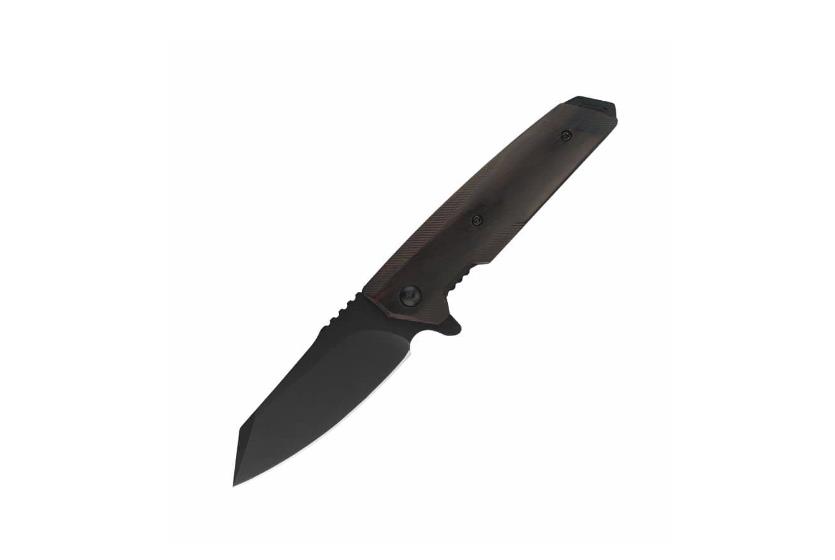
Many notable brands utilize both 8Cr13MoV and 440C steel. Including Kershaw and Spyderco. One popular model featuring 8Cr13MoV steel is the Kershaw Cryo. The folding knife is known for its affordability, durability, and corrosion resistance. A highly favored choice for everyday carry.
Spyderco Tenacious is another popular model among knife enthusiasts who prefer 8Cr13MoV steel. The Tenacious is a reliable folding knife that offers a well-balanced combination of performance, corrosion resistance, and affordability. It’s an excellent option for those who require a dependable tool for daily tasks.
When it comes to 440C steel, however, they are not so popular because of the higher price point. Nonetheless, you will find 440C steel in a variety of knives from numerous brands, providing you with a wider selection to choose the perfect knife for your specific needs.
8Cr13MoV and 440C compared to other steel
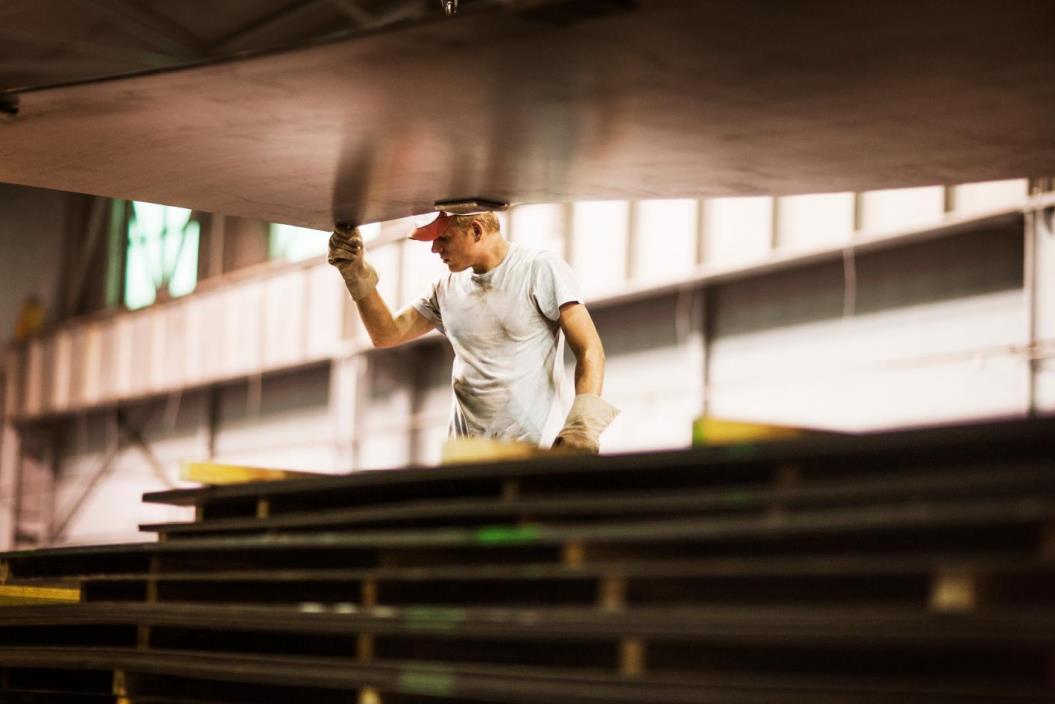
AUS-8
8Cr13MoV is similar to Japanese AUS-8 steel with lower carbon content, providing good corrosion resistance and sharpness but lower edge retention.
You’ll find 8Cr13MoV steel and AUS-8 steel very similar in most aspects. You can read more about the differences in this article.
14C28N
14C28N steel has a recent spike in popularity. Made in Sweden, 14C28N steel offers better edge retention and corrosion resistance than both 8Cr13MoV and 440C steel. However, with the more advanced manufacturing process and complicated composition, 14C28N is also slightly more expensive than its counterparts.
D2
D2 steel is a semi-stainless steel known for its high wear resistance due to high carbon content. While its edge retention is outstanding, D2 steel falls short in terms of corrosion resistance when compared to 8Cr13MoV and 440C. Keep in mind that D2 steel requires more care and maintenance to prevent rust.
VG-10
VG-10 is a high-quality Japanese stainless steel that surpasses both 8Cr13MoV and 440C in edge retention and corrosion resistance. However, the increased performance comes with a higher price tag. If cost is a deciding factor for you, 8Cr13MoV and 440C are more budget-friendly options without sacrificing too much performance.
Takeaway
By comparing 8Cr13MoV steel and 440C steel we revealed the complexity of steel choices.
8Cr13MoV offers affordability, decent corrosion resistance, and satisfactory edge retention, making it suitable for budget-conscious consumers and newcomers to knife collecting. On the other hand, 440C steel excels in overall performance with superior hardness, wear resistance, and exceptional edge retention, making it a preferred choice for professionals and enthusiasts.
However, factors like personal preferences, budget, and knife usage should guide the final decision. Remember that steel is just one aspect of a knife’s performance. Blade design, heat treatment, and ergonomics are equally important when you are trying to source knives. If you find the information helpful, have more questions regarding steel types, or want to source handmade knives from us, contact our team today! Our experts will respond as soon as possible.

